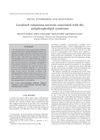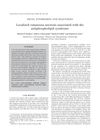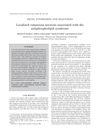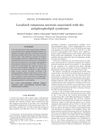Warfarin: Almost 60 Years Old and Still Causing Problems
October 2006
in “
British Journal of Clinical Pharmacology
”
TLDR Warfarin is effective but risky, requiring careful monitoring to prevent bleeding.
Warfarin, a widely used anticoagulant derived from sweet clover, was initially developed as a rodenticide before being approved for human use in 1954. Despite its effectiveness in preventing embolic strokes, particularly in patients with atrial fibrillation, warfarin posed significant challenges due to its narrow therapeutic index and the risk of bleeding, with major and fatal bleeding events occurring at rates of 7.2 and 1.3 per 100 patient-years, respectively. Monitoring patients to maintain the desired INR range was crucial but resource-intensive, leading to varied monitoring practices. Alternative care models, such as pharmacist-managed clinics, proved effective and cost-efficient. Warfarin was also associated with adverse effects like skin necrosis and hair loss. Efforts to improve warfarin therapy focused on understanding genetic and environmental factors influencing dosage requirements, aiming to enhance personalized medicine and safety.




